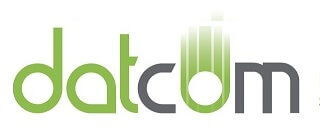Inefficiency doesn’t announce itself. It doesn’t show up in big, dramatic failures. It seeps in, bit by bit, disguised as “the way things have always been done.”
It looks like employees sending the same email over and over because there’s no automated response system. It looks like a manager spending hours approving routine expenses when software could handle it in seconds. It looks like a sales team manually updating a CRM instead of focusing on their next deal.
At first, it seems minor. Just a few extra clicks. Just a little extra waiting. Just a small delay here and there. But those small inefficiencies add up—until, before you know it, your company is moving slower than it should, burning time and money on things that don’t need human attention.
That’s why businesses that embrace automation and process optimization don’t just shave off a few minutes here and there—they transform how their entire operation flows. They move faster, adapt quicker, and give their employees the freedom to focus on what actually matters instead of wasting time on routine, repetitive work.
It’s easy to assume inefficiency is just part of doing business. But it isn’t. It’s a choice. And the businesses that choose to fix it will always come out ahead.

